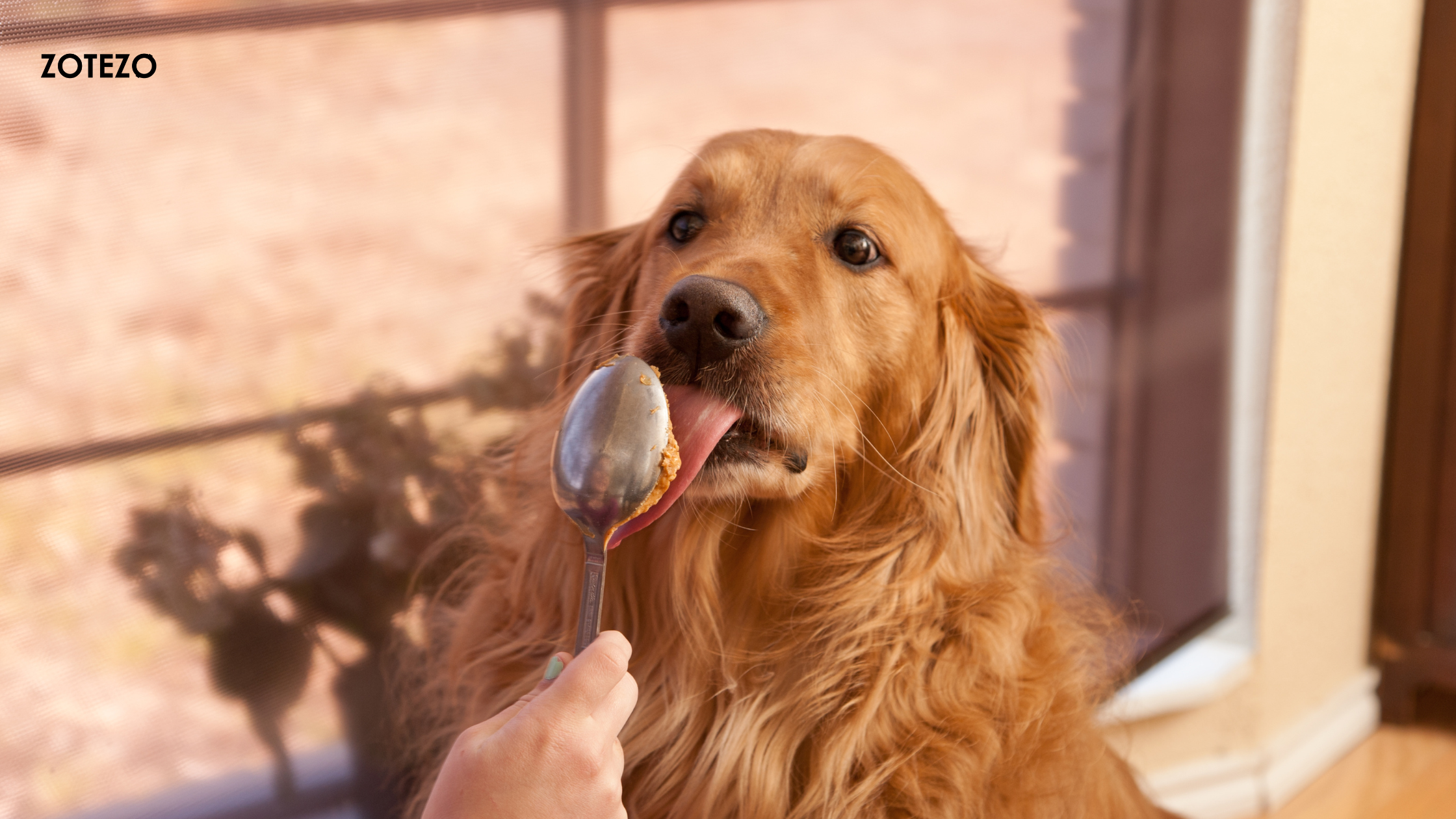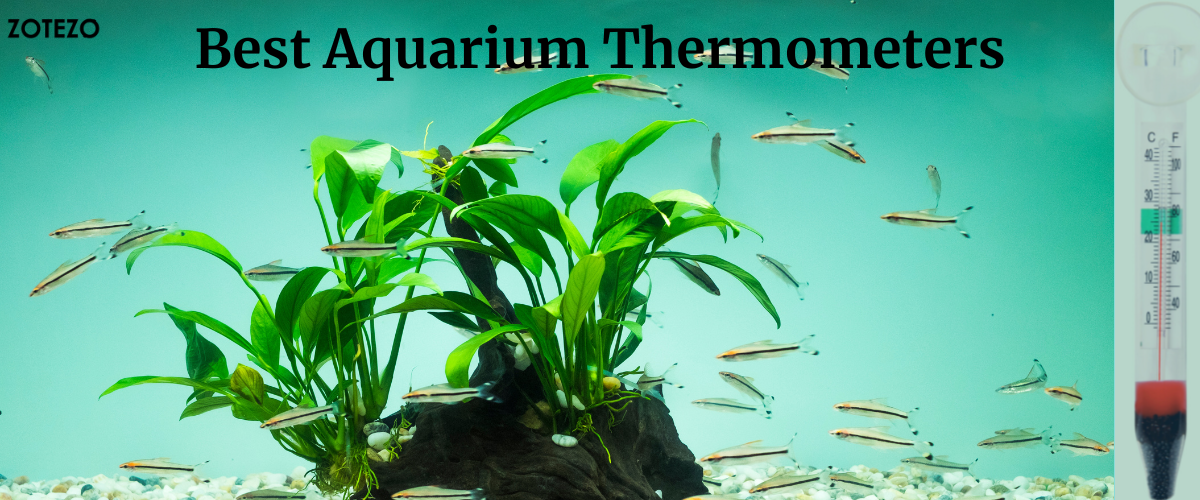Introduction
If you’re a proud pet parent and passionate about making sure your pup stays safe, then you know that getting the best dog collar for your pup is essential. But finding the perfect collar for your four-legged best friend can be an overwhelming experience.
But, with so many options flooding the market, it can take time to choose the best one that fulfils your ideal requirements. You may be in confusion wondering about below questions:
1. Which dog collar is good for my pet?
2. What size should I choose?
3. What to look for while buying a dog’s collar?
With so many different materials, styles, and functions to choose from these days, how do you even begin? Never fear – we’re here to help! In this blog post, we will look at some of the best dog collars available to make sure your canine companion has the safest walking experience each time they step outside.

Find The Best around the world
Australia
Canada
France
Germany
India
Italy
Japan
Netherlands
Singapore
Spain
Sweden
UAE
UK
USA
Tips for choosing the right Dog Harness for you
Some factors to consider when choosing a dog’s collar include:
Size
It is important to choose a collar that is the appropriate size for your beloved pet. A collar that is too loose may slip off, while a collar that is too tight may cause discomfort or even injury.
Material
A dog’s collars is made from a variety of materials, including leather, nylon, and plastic. Consider the durability and comfort of the material when selecting a collar for your pet.
Type
There are many different types of dog’s collars available, including flat, martingale, harnesses, and head collars. Each type serves a different purpose, so it is important to choose the one that is best suited to your needs.
Purpose
Consider the purpose of the collar when selecting one for your pet. If you need a collar for identification purposes, a collar with a tag or an ID tag is a good choice. If you need a collar for training or control, a collar with a leash attachment or a training collar may be more suitable.
Style
There are also many different styles of dog’s collars available, ranging from plain and functional to fashionable and decorative. Choose a style that you and your dog will both enjoy.
It is important to regularly check your dog’s collar to ensure that it fits properly and is in good condition. A poorly fitting or damaged collar can be uncomfortable or even dangerous for your pet.
Advantages of using Dog Harness
There are several benefits to using a dog’s collar for your adorable pet:
Identification
A dog collar with a tag or ID tag can help to identify your pet if they become lost. This can be especially important if your dog does not have a microchip.
Training
Some dog collars, such as training collars, can be used as a tool to help train and control your dog’s behaviour.
Control
A dog collar with a leash attachment can be used to help control your pet when walking or in other situations where you need to keep them close.
Safety
A reflective collar can help to make your pet more visible when walking at night or in low light conditions, which can help to improve their safety.
Comfort
A well-fitting, comfortable collar can help to ensure that your pet is comfortable and happy when wearing it.
It is important to choose the right collar for your dog and to use it responsibly. A poorly fitting or inappropriate dog’s collar can cause discomfort or even injury to your dog. Regularly check your dog’s collar to ensure that it fits properly and is in good condition.
Type of Dog Collars
Some common types of dog’s collars include:
Flat collars
A flat collar is a simple, standard collar that is made of a single piece of material, such as leather or nylon. It is typically secured with a buckle or a snap closure and may have a ring for attaching a leash or an ID tag.
Martingale collars
A martingale collar is designed to prevent a dog from slipping out of it. It consists of a loop of material that tightens when the dog pulls on the leash, but is designed to prevent choking.
Harnesses
A harness fits around the chest and torso of a dog rather than the neck. It is often used for dogs that pull on the leash or have respiratory issues.
Head collars
A head collar, also known as a head halter, fits around the head and muzzle of a dog. It is designed to give the handler more control over the dog’s head and mouth and is often used for training or behaviour modification.
How to Use Dog Collars
1. Dog’s collar is an important tool for training and controlling your pet, as well as a way to identify your pet and provide contact information in case they get lost. Here are some general guidelines for using dog’s collars:
2. Choose a collar that is appropriate for your dog’s size and breed. The collar should be snug but not too tight, and it should not be able to slip over your dog’s head.
3. Make sure that the collar is properly fitted by measuring your dog’s neck and following the sizing guidelines provided by the manufacturer.
4. Attach a tag to the collar with your contact information, including your name, phone number, and address. This is especially important in case your dog gets lost.
5. Use a leash when walking your dog to keep them under control and prevent them from running away or approaching other people or animals in a potentially aggressive manner.
6. Do not use the dog’s collar to reprimand or punish your pet. Physical corrections can be harmful and may lead to fear and aggression in your dog.
7. Check the collar regularly to ensure that it is in good condition and fits properly. Replace the collar if it becomes worn or damaged.
Overall, the key is to use the collar responsibly and as a tool to help train and control your lovely pet.
Do you represent a health, nutrition, beauty, or fitness brand?
Share your brand story, and its philosophy with our millions of readers looking for the highest quality products for their well-being. We understand that your products cater to the unique needs of an individual; here’s your opportunity to share the purpose and unique value proposition of your products that you’ve so caringly created for their well-being.
Share your brand story
Frequently asked questions on Dog Harness
1. Is it necessary to use a dog's collar for my pet?
2. How should I choose the right size collar for my dog?
3. Can a dog's collar be harmful to my pet?
4. How often should I replace my dog's collar?
Are you a health, nutrition, beauty or fitness expert?
Inviting all health, fitness, beauty, and wellness experts from around the world to join Zotezo, the ultimate trust commerce platform, and empower millions to make the right decisions for their wellbeing. Share your knowledge, review the highest quality products, and provide valuable insights to our engaged audience. Together, let's create a healthier, happier world!
Join our expert advisory board
Conclusion
In summary, a dog collar can be a useful tool for identification, training, and control, but it is important to choose the right dog’s collar and to use it responsibly. There are several benefits to using a dog’s collar, including identification, training, control, safety, and comfort. However, it is important to use a collar responsibly and to regularly check it to ensure that it fits properly and is in good condition.
Did we miss anything? Have you used any of the above mentioned best dog collar? Did you find this article helpful? Don’t forget to share your experience with us. Do tell us about the one that you choose as the Best Dog Collars in the World.






